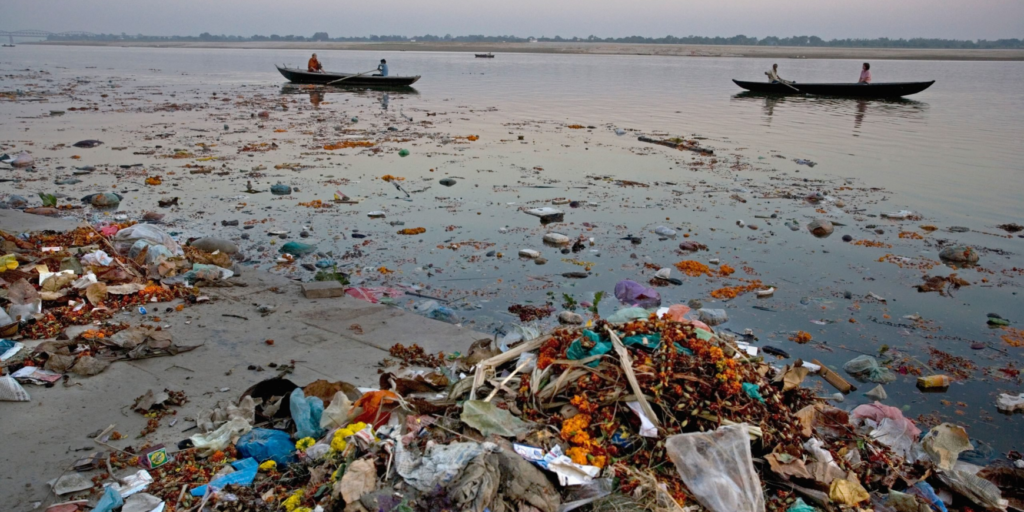Water pollution can have a devastating effect on biodiversity, which refers to the variety of plant and animal species in a particular ecosystem. When contaminants such as chemicals, sewage, or industrial waste are released into waterways, they can harm or kill aquatic plants and animals, disrupt food chains, and damage entire ecosystems.
One of the most common ways that water pollution affects biodiversity is by reducing the amount of oxygen available in the water. This occurs when pollutants cause algae to grow in excessive amounts, leading to a condition known as eutrophication. As the algae die and decompose, they consume large amounts of oxygen, which can result in a decrease in the number and diversity of fish and other aquatic species.
Water pollution can also cause physical damage to the habitats of aquatic plants and animals. For example, oil spills can coat the feathers of birds, making it difficult for them to fly, and can kill marine mammals such as whales and dolphins. Similarly, industrial waste and sewage can contaminate the sediment in the bottom of waterways, making it difficult for bottom-dwelling species such as clams and crabs to survive.
Finally, water pollution can also affect biodiversity by introducing toxic chemicals into aquatic ecosystems. These chemicals can accumulate in the tissues of aquatic organisms, causing mutations, reproductive problems, and other health issues. Over time, these effects can reduce the population sizes of affected species, leading to declines in biodiversity.
Overall, water pollution can have a profound impact on biodiversity, threatening the health and survival of aquatic species and entire ecosystems. To protect biodiversity and ensure the sustainability of our planet’s water resources, it is essential to prevent water pollution and promote sustainable water management practices.

